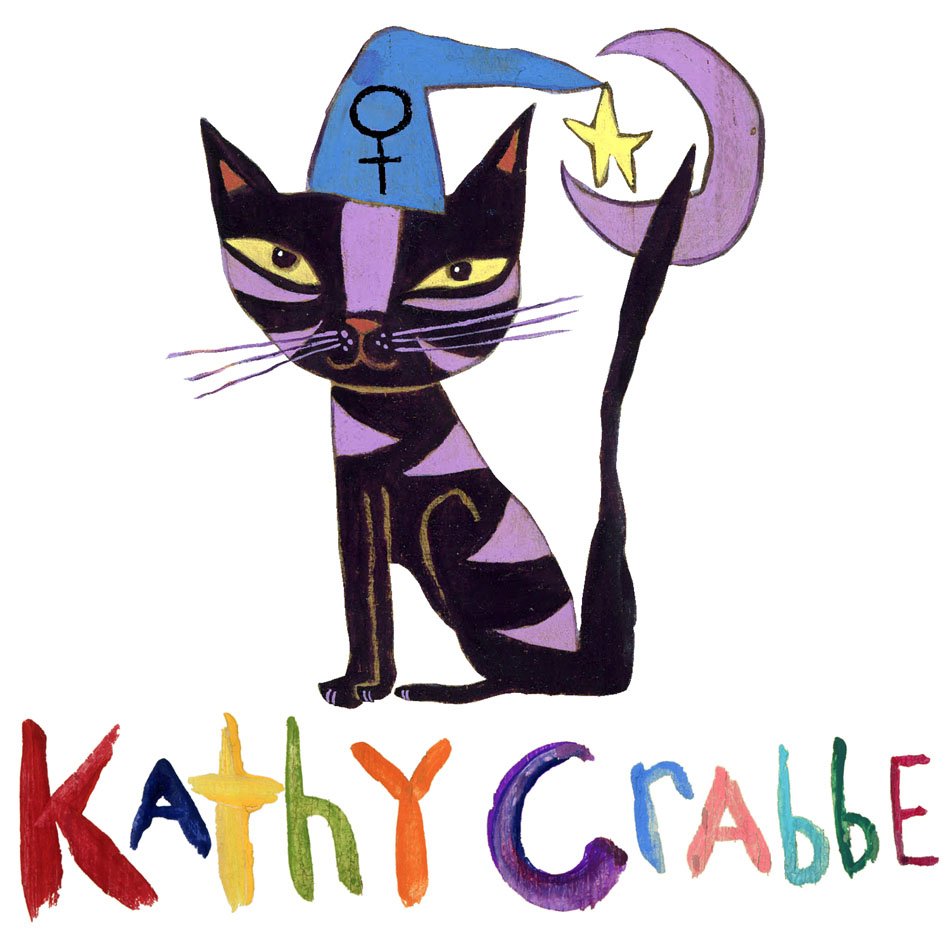
Friday's post is dedicated to my Gran who now resides in a nursing home. She was the proud owner of the Fiddlehead, an English narrow boat, also known as a canal boat. In 2007 she treated 35 family members to a memorable family reunion on the Leicester Loop in England. We were 5 narrow boats in all, and we ranged in ages from 8 months to 91 years old (Gran herself!)
 Gran, my hubbie and me, eating one of our favorite meals, the Ploughman's Lunch along with a pint of Bitter. Gran said it wasn't up to par though, due to the pasta side. I also learned to say 'Bitter' not 'Bitters' and that there is no tipping in England, instead you buy the bartender a drink!
Gran, my hubbie and me, eating one of our favorite meals, the Ploughman's Lunch along with a pint of Bitter. Gran said it wasn't up to par though, due to the pasta side. I also learned to say 'Bitter' not 'Bitters' and that there is no tipping in England, instead you buy the bartender a drink!

I spent most of my time sitting on the bow of the boat painting, sketching and writing in my Moleskin Journal - here are some watercolors from Day 2 of our two week trip.
If you need to catch up, here are Parts 1 and Parts 2 from our trip.





